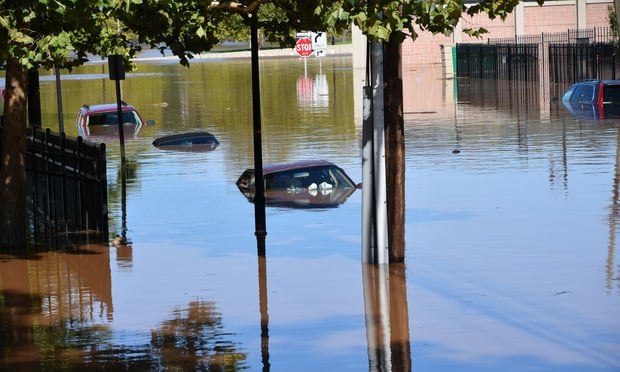 With six consecutive above-normal storm seasons behind us, it would only be wise to prepare for the worst in 2022. Agents who understand how to best serve their clients' needs with flood insurance options from both the NFIP and the private flood insurance market will come out on top. (Credit: Sarah J Lee/Shutterstock.com)
With six consecutive above-normal storm seasons behind us, it would only be wise to prepare for the worst in 2022. Agents who understand how to best serve their clients' needs with flood insurance options from both the NFIP and the private flood insurance market will come out on top. (Credit: Sarah J Lee/Shutterstock.com)
COVID-19 may have carried most of the headlines again in 2021 but flooding across America and issues related to flood insurance continued to make the news as well. While Hurricane Ida worked its way from the Gulf to the Northeastern seaboard in late August, Federal Emergency Management Administration (FEMA) was rushing to implement the National Flood Insurance Program's (NFIP) Risk Rating 2.0 for an October 1st start date.
Recommended For You
Want to continue reading?
Become a Free PropertyCasualty360 Digital Reader
Your access to unlimited PropertyCasualty360 content isn’t changing.
Once you are an ALM digital member, you’ll receive:
- Breaking insurance news and analysis, on-site and via our newsletters and custom alerts
- Weekly Insurance Speak podcast featuring exclusive interviews with industry leaders
- Educational webcasts, white papers, and ebooks from industry thought leaders
- Critical converage of the employee benefits and financial advisory markets on our other ALM sites, BenefitsPRO and ThinkAdvisor
Already have an account? Sign In Now
© Touchpoint Markets, All Rights Reserved. Request academic re-use from www.copyright.com. All other uses, submit a request to [email protected]. For more inforrmation visit Asset & Logo Licensing.







